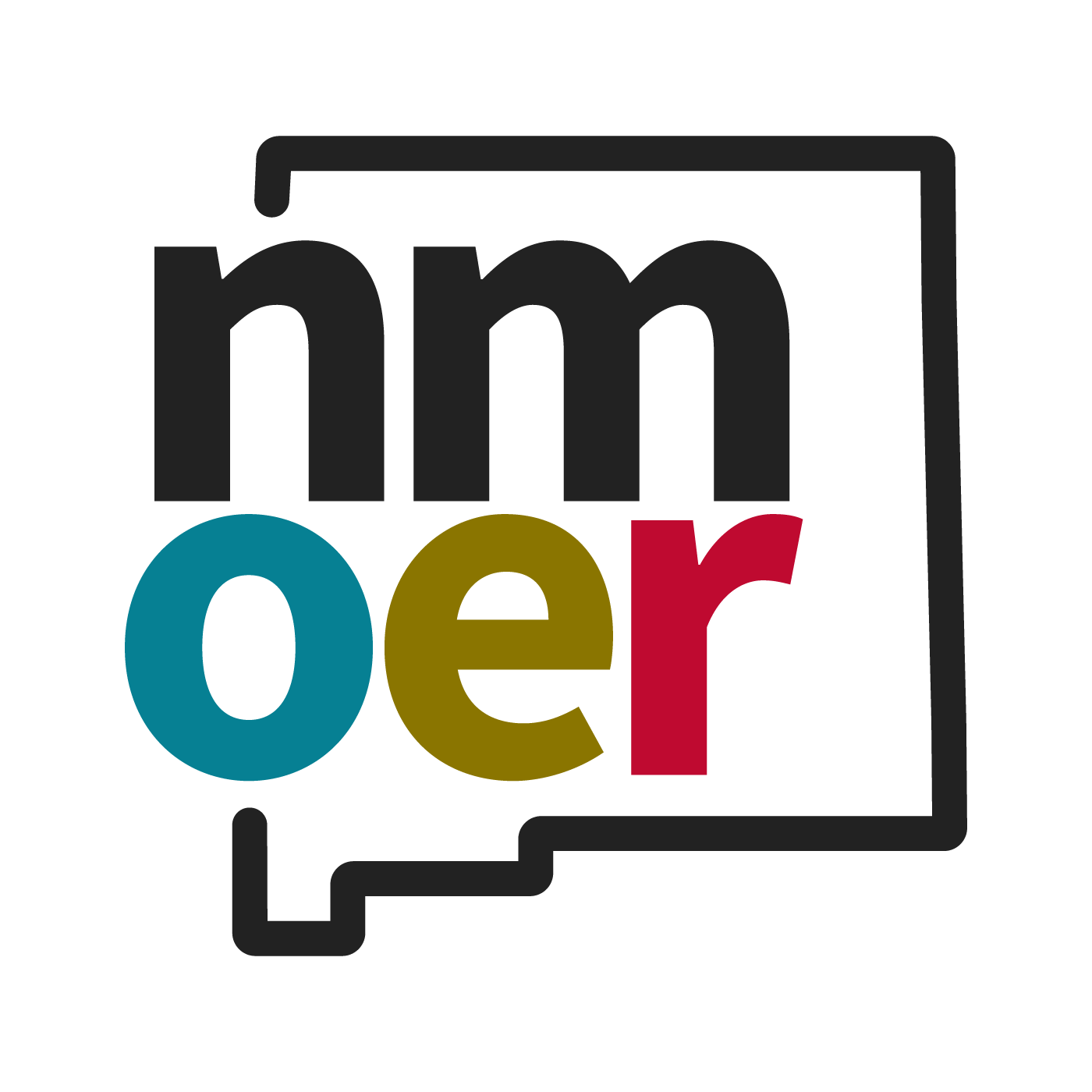12 Old Irish Poetry
Nahir I. Otaño Gracia and Averie Basch
Old and Middle Irish
Ca. Eighth – ninth centuries
Old Irish derives from Proto-Indo-European, a language family that developed independently of romance languages more familiar in the rest of Europe. Celtic languages, of which Old Irish is one of, has a complex family tree: From Proto-Indo-European, Proto-Celtic branched off into Insular and Continental variations, then branched again into Goidelic and Brittonic. Is it from the Goidelic branch that Old Irish, Modern Irish, Modern Manx, and Modern Scottish Gaelic derive from. These are Verb-Subject-Object (VSO) languages with complex vowel systems; if you try reading these out loud, take comfort in the fact that even the most learned scholars of today’s time cannot be certain that they are pronouncing these older variations correctly!
Primitive Irish language was essentially limited to the ogham alphabet. Though ogham is mentioned in a number of Old Irish tales as a language used for sending messages, it survives to the present as a language carved on stones—stones called Ogham stones, specifically, which feature names but are not necessarily considered to be grave markers. Between the sixth and eight centuries CE, Archaic Old Irish emerged and is preserved in some written sources such as the Amra Choluimb Chille, or the Eulogy of St. Columba. Classical Old Irish spans roughly the eighth to ninth centuries, though some scholars argue for earlier and later dates as well. In addition to existing in Irish manuscripts, evidence of Old Irish appears in Continental manuscripts, which were composed mostly in Latin. The beloved poem “Pangur Bán” is one of these examples—the Old Irish poem appears in the margin of a Latin Christian manuscript that was composed in Germany.
Medieval Ireland was a distant land to the European perspective. It was so far west that it was never truly Romanized in the way that Britain was, and its harsh environment led many to categorize the island as one inhabited only by barbarians; in fact, the medieval name for Ireland was “Hibernia,” or the “Land of Winter.” With centuries of Celtic rulership, medieval Ireland was unique in how it was colonized by European Christian powers, resulting in a hybrid pre-Christian/Christian cultural milieu. Christian scribes dedicated their lives to translating holy books and creating works of art in the pages of Latin manuscripts, but the pre-Christian mythology remained in the form of rich, local folklore that was preserved both in oral tales and in written narratives. Old Irish writings were put to pen after Christianization and thus include Christian ideals and Latin borrow-words, but the theme of Otherworldly mystery can still be easily found. As you read, keep an eye out for Christian biases and otherworldly imagery.
Old Irish Poetry
Gerard Murphy’s translation of “Pangur Bán” can be found alongside the original text here, via University of Cambridge: https://www.asnc.cam.ac.uk/spokenword/i_pangur.php?d=tt.
For poems written about Vikings, see here: http://irisharchaeology.ie/2015/01/tonight-i-fear-not-the-vikings-an-early-irish-poem/
Kuno Meyer’s book Selections from Ancient Irish Poetry is available here: https://www.gutenberg.org/files/32030/32030-h/32030-h.htm
We recommend reading these selections:
- “Introduction”
- “The Sea-God’s Address to Bran”
- “Dierdre’s Farewell to Scotland”
- “The Hosts of Faery”
- “The Monk and his Pet Cat”
- “The Viking Terror”
EXERCISES
“A Stormy Night” Translation Exercise by Nahir Otaño Gracia
Reading poetry in its original language often provides more insight into a poet’s style than simply reading it in translation. Of course, translating poetry—especially one written in a dead language—can be challenging. For this exercise, we have provided relevant Old Irish vocabulary words in modern English.
Medieval Irish coastal settlements were plagued by Viking raids. From around the eighth to the twelfth centuries, seafaring raiders from Scandinavia (Old Irish Lothlind/Lochlann) pillaged Irish communities, including religious centers like monasteries and abbeys. Since Ireland is an island, any visitors had to come by sea, but oftentimes harsh weather made sailing too dangerous. This poem sheds light on the fear of raiders and how nature influences human movements.
Use these definitions provided to rewrite the Old Irish poem into modern English. Then, analyze how the poem provides insight into the everyday life of medieval Irish people.
|
A Stormy Night
Is acher in gaíth in-nocht,
acher adj., ‘sharp, fierce’ gáeth, gaíth ā, fem., ‘wind’ in-nocht ‘tonight’
fo-fúasna ‘disturbs, agitates’ fairge, fairggae iā, fem., ‘open sea’ find adj. ‘white, fair’ folt o, masc., ‘hair’
ad-ágathar ‘fears’ réimm n, nuet., ‘course, coursing’ Muir Menn ‘the Irish Sea’ láech ā, fem., ‘warrior’ [here, collective ‘warriors’] lainn adj., ‘greedy, passionate’ Lothlind fem., ‘Scandinavia’
|
FURTHER READINGS:
For a reading of “Pangur Bán” in the original Old Irish and in a modern English translation, watch Mark Harman’s video here: https://www.youtube.com/watch?v=y3W49XBGCDU
Robin Flower’s translation is available via the University of Pennsylvania here: https://www.ling.upenn.edu/~beatrice/personal/pangur-ban.html


